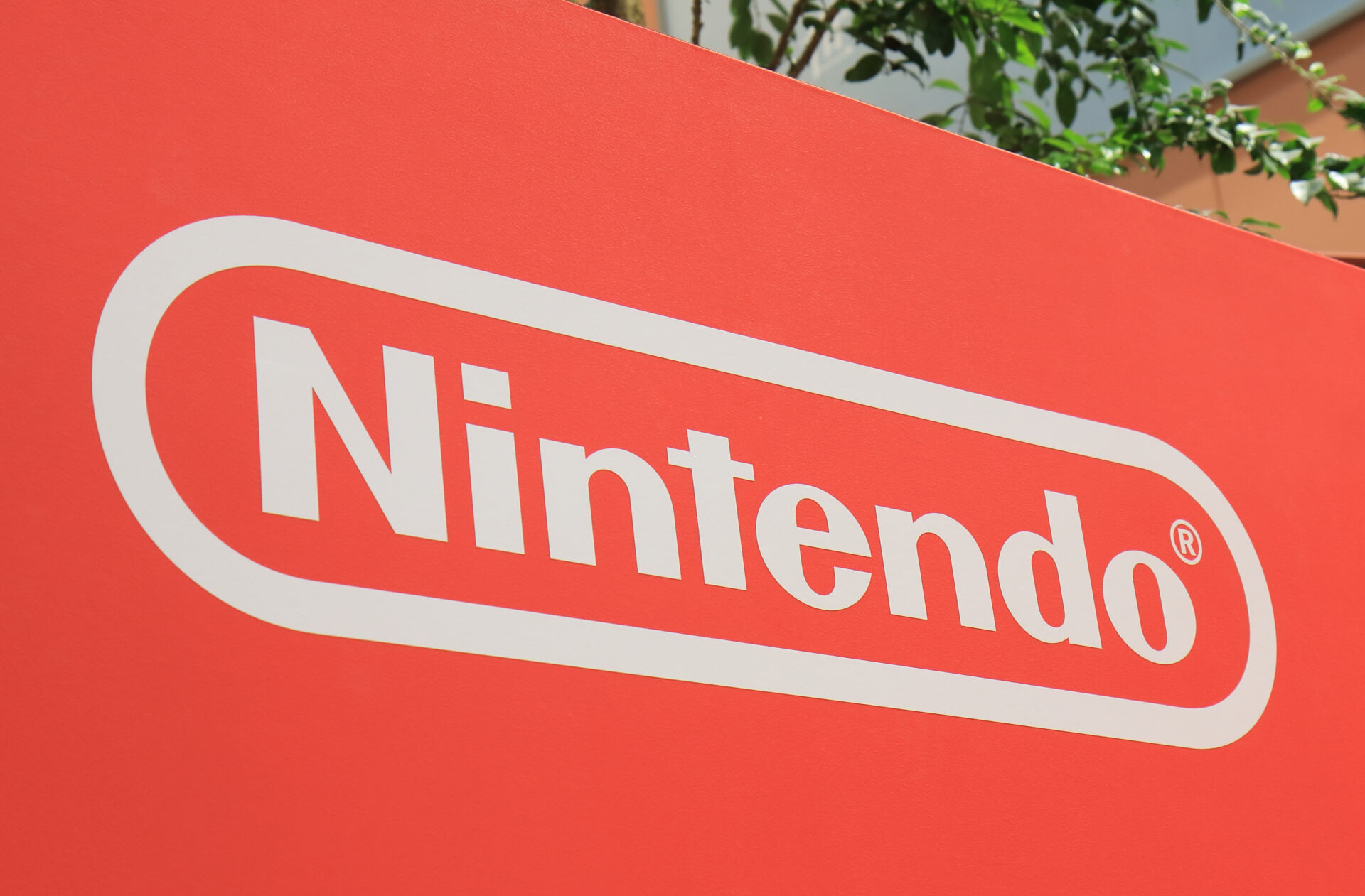
Nintendo Bets on Past FLOP for Future PROFITS!
Nintendo’s most notorious flop, the Virtual Boy, is returning as a Switch 2 accessory with modern VR tech and a risky bet on nostalgia.
At a Glance
- Nintendo confirms Virtual Boy revival as a Switch 2 add-on
- Original 1995 system sold just 770,000 units before failure
- Device was infamous for eye strain and health risks
- New model aims to compete in today’s $60B U.S. gaming market
Virtual Boy’s Infamous Legacy Returns
Nintendo announced plans to resurrect its most infamous failure, the Virtual Boy, this time as an accessory for the upcoming Switch 2. The original 1995 console became a cautionary tale in gaming history, notorious for its red-and-black monochrome graphics and health hazards. Players reported headaches, eye strain, and neck pain after even short play sessions, prompting widespread criticism. Within a year of its launch, sales had stalled at just 770,000 units, leading to discontinuation.
Despite its commercial disaster, the Virtual Boy gained a cult following among collectors and retro enthusiasts, cementing its status as one of gaming’s most legendary failures. Nintendo’s revival strategy appears to target this nostalgia market while hoping that today’s VR technology can resolve the issues that doomed the first version.
Watch now: Virtual Boy Returns – Switch Accessory Reveal
Market Impact and Consumer Concerns
The Virtual Boy’s original failure stemmed from rushed development and minimal product testing, which left consumers with a device that was uncomfortable and in some cases physically painful to use. In contrast, today’s VR landscape—dominated by Meta’s Quest headsets and Apple’s Vision Pro—emphasizes safety standards, ergonomic design, and higher visual fidelity. Nintendo’s approach, launching the device as a Switch accessory rather than a standalone console, allows it to test the market without committing fully to VR hardware.
With more than 130 million Switch owners worldwide, Nintendo’s built-in customer base provides a lower-risk entry point. Accessory makers are reportedly preparing protective cases and add-ons, signaling industry anticipation of demand. However, consumers remain cautious, given the Virtual Boy’s history and concerns about VR’s health effects on children.
Foreign Tech Dominance Continues
The revival also underscores the dominance of foreign companies in the U.S. gaming industry. Nintendo, a Japanese company, along with Chinese manufacturing partners, continues to drive hardware trends in a market that generates over $60 billion annually in the United States. American companies remain largely absent from high-end console development, leaving domestic players reliant on foreign firms for gaming experiences.
Cultural concerns also persist. Parents and advocacy groups already worried about screen time and digital dependency may see Nintendo’s VR push as another step toward immersive but potentially unhealthy gaming habits. The Virtual Boy’s legacy of health warnings serves as a reminder that even updated versions of the device may trigger fresh debates about technology’s impact on youth.
Sources
Color-Wheel-Artist.com
Wikipedia
National Museum of Asian Art
OneWorldMemorials.com


